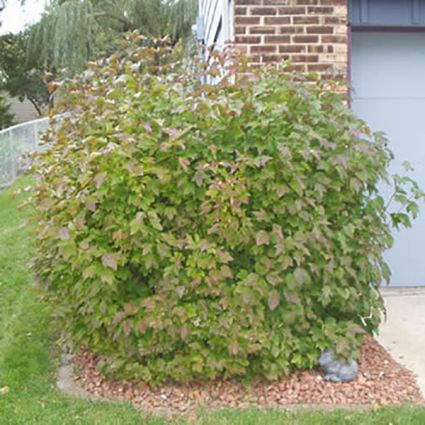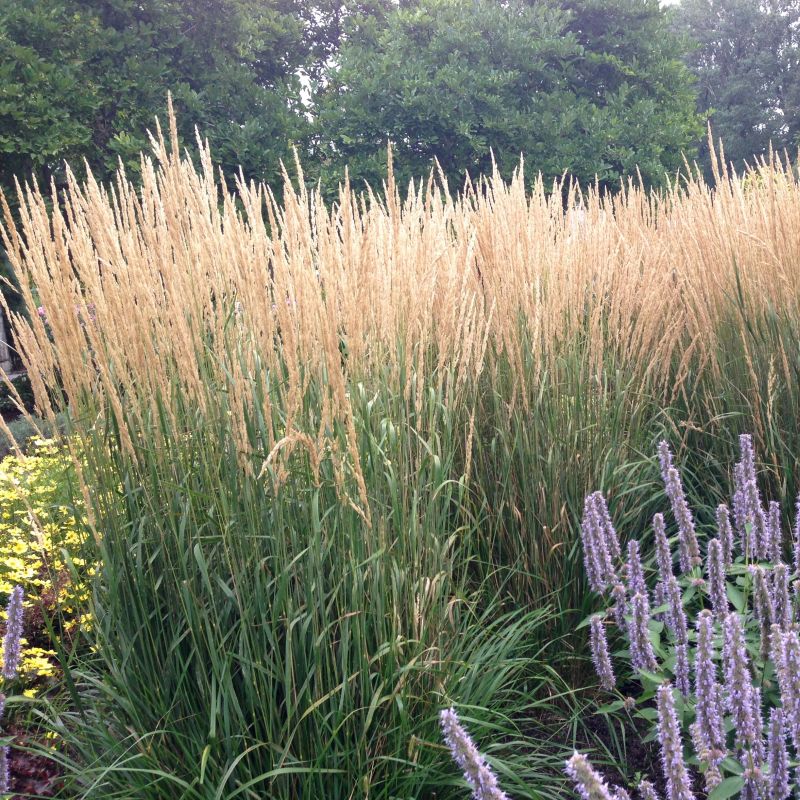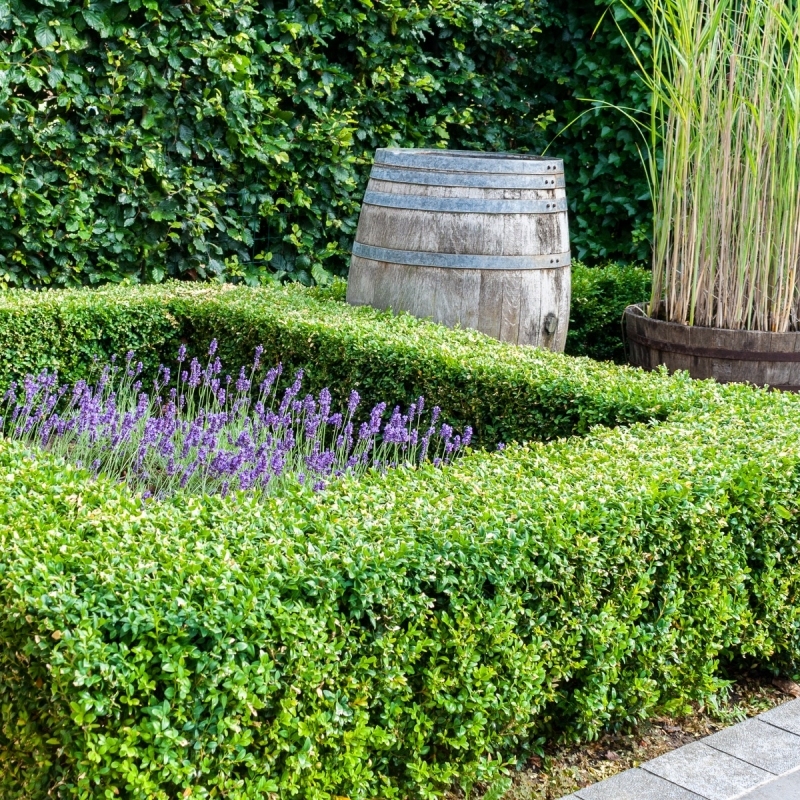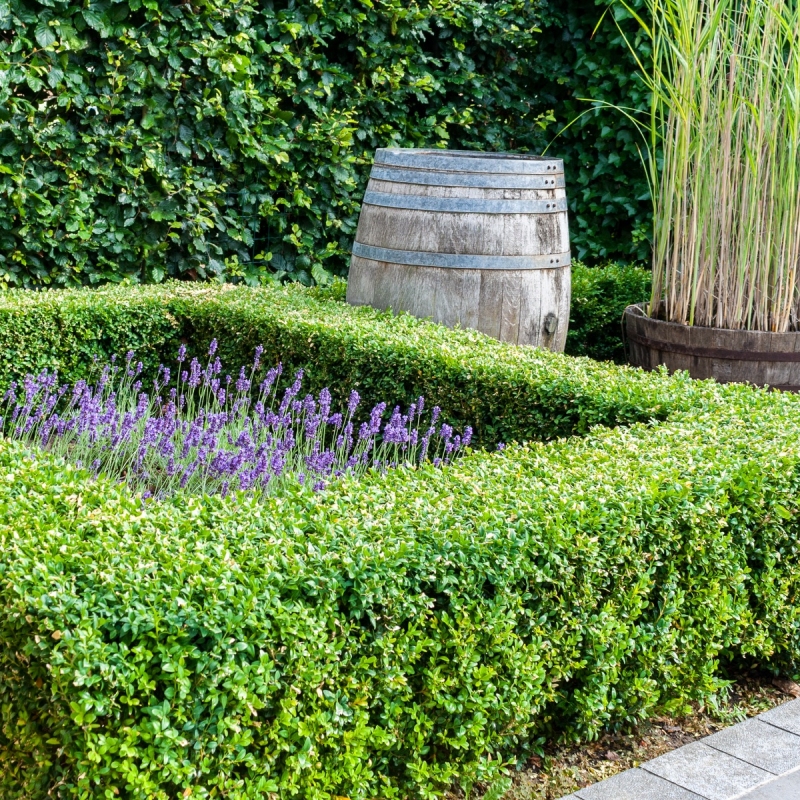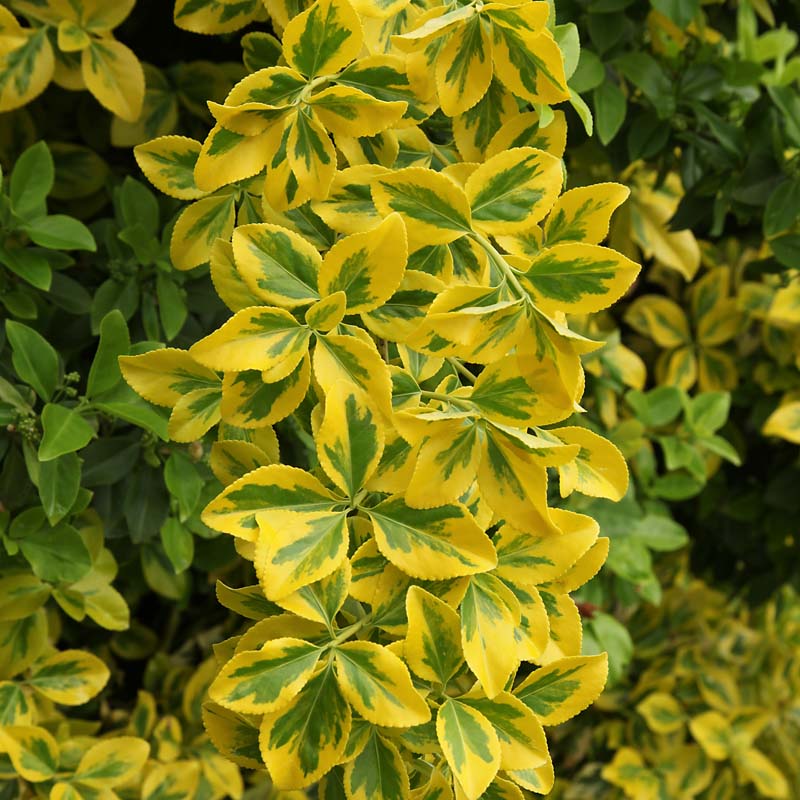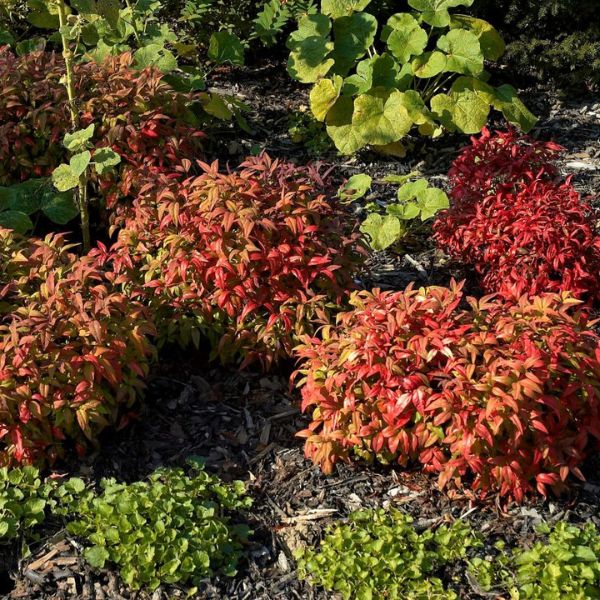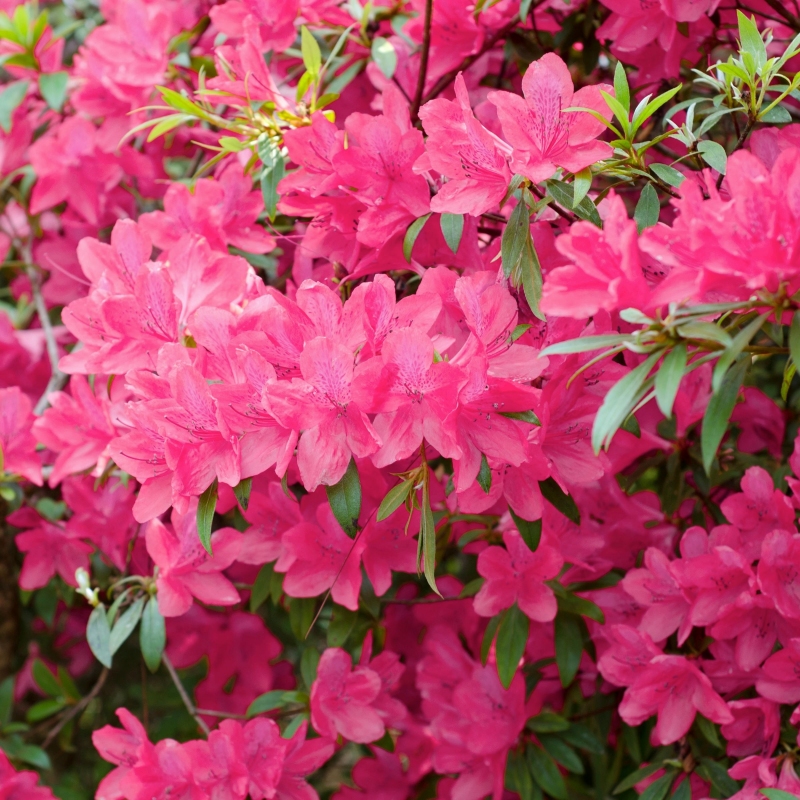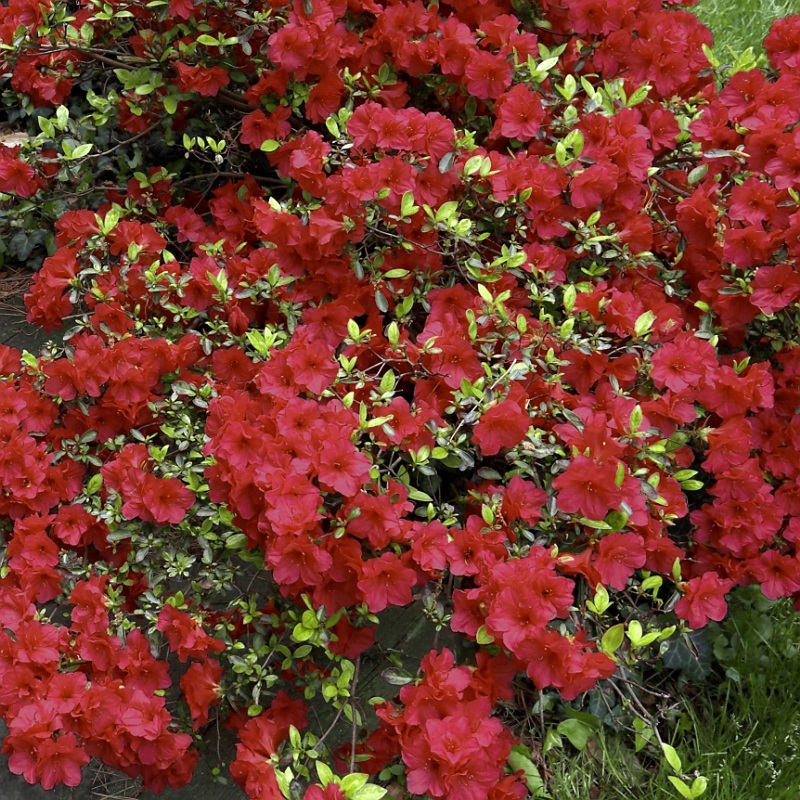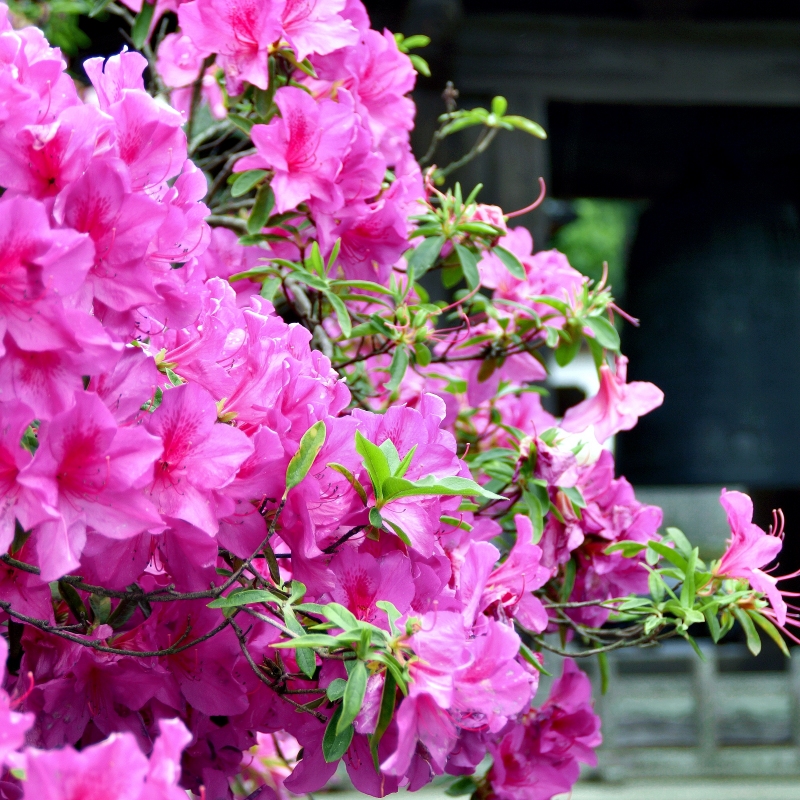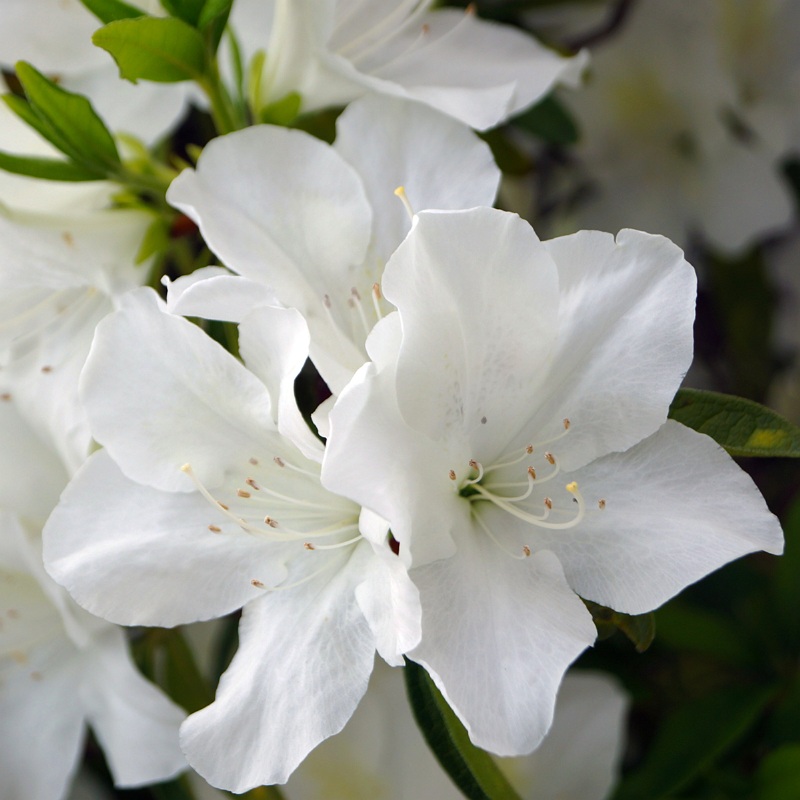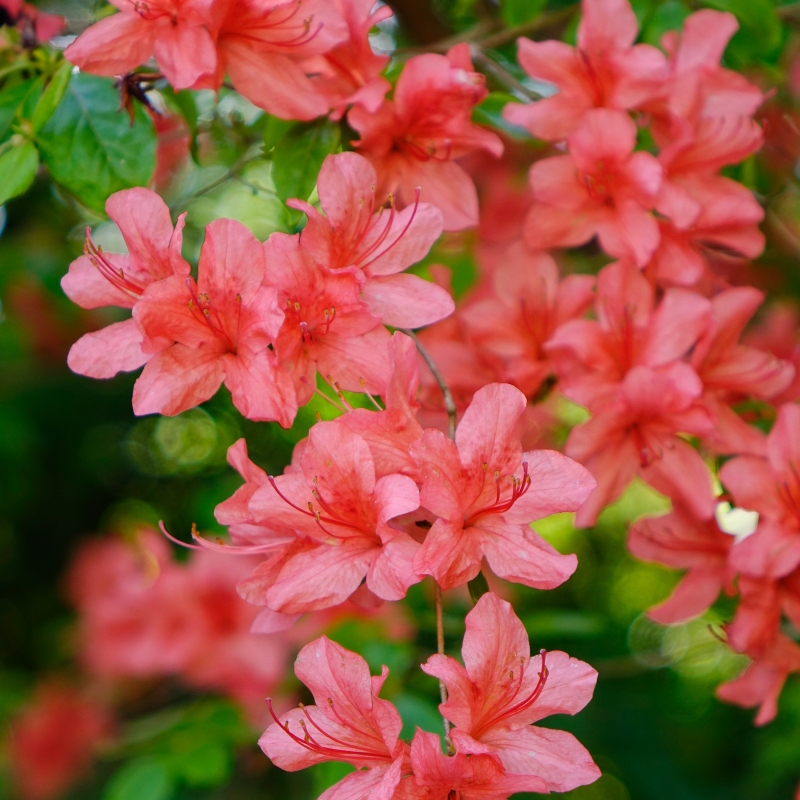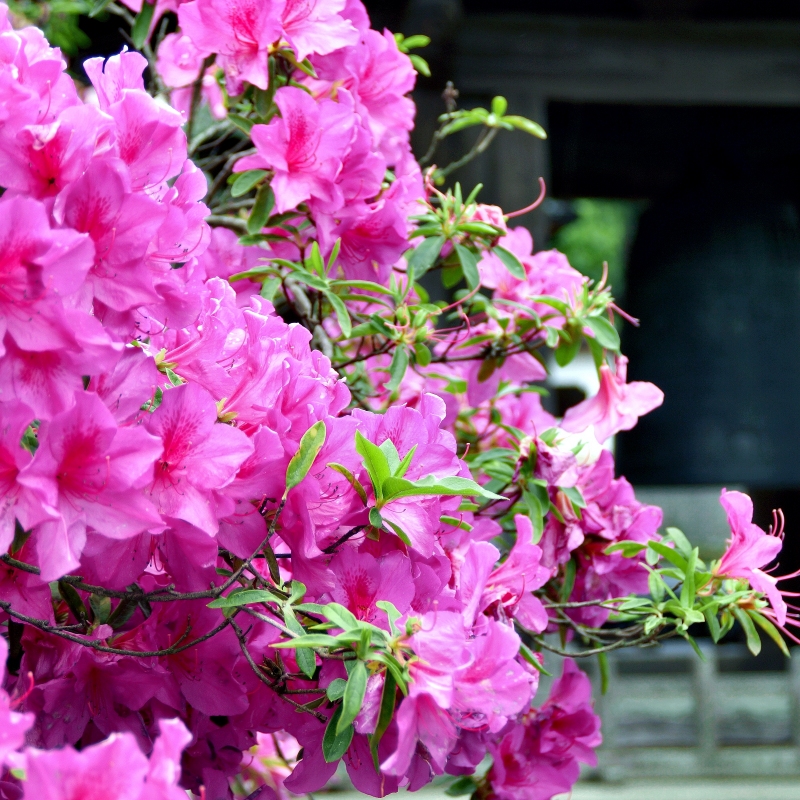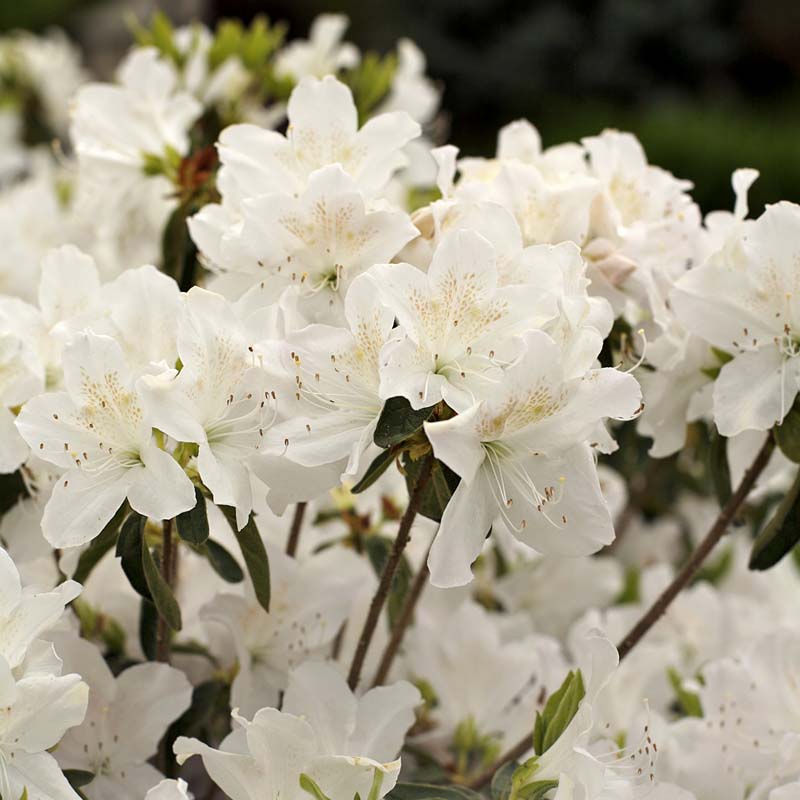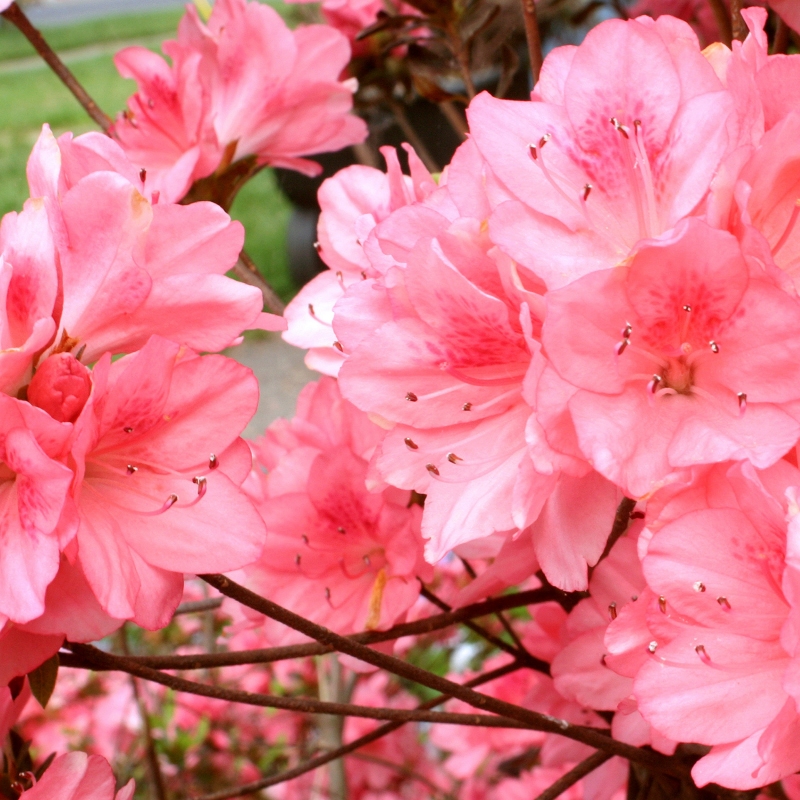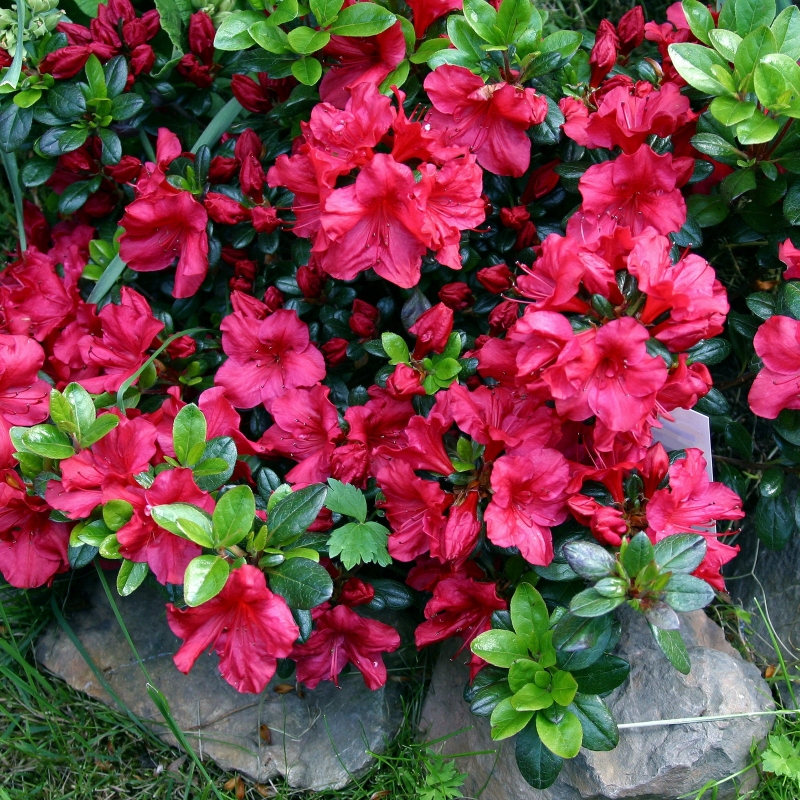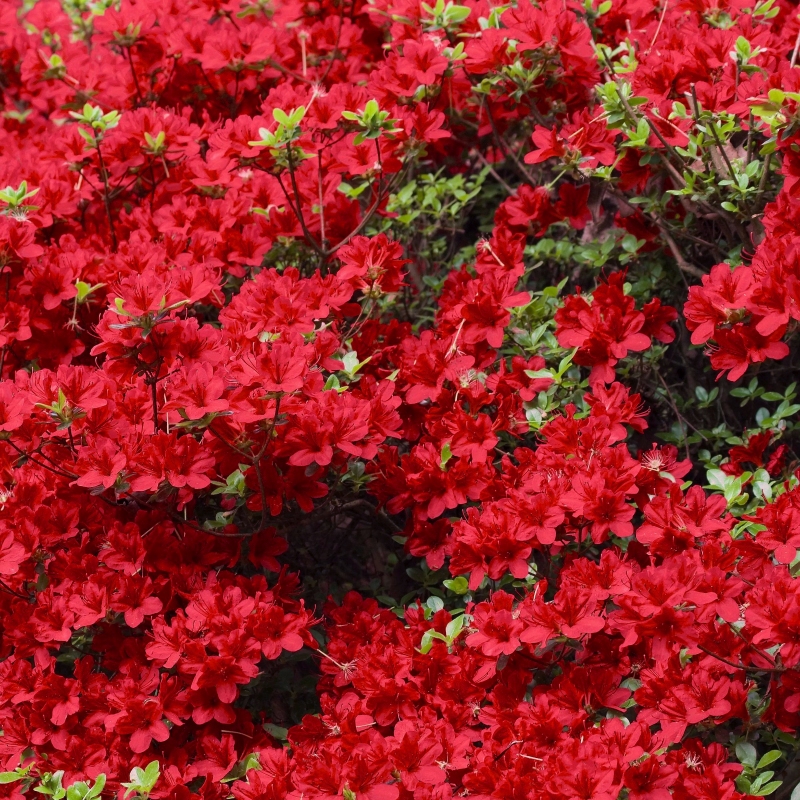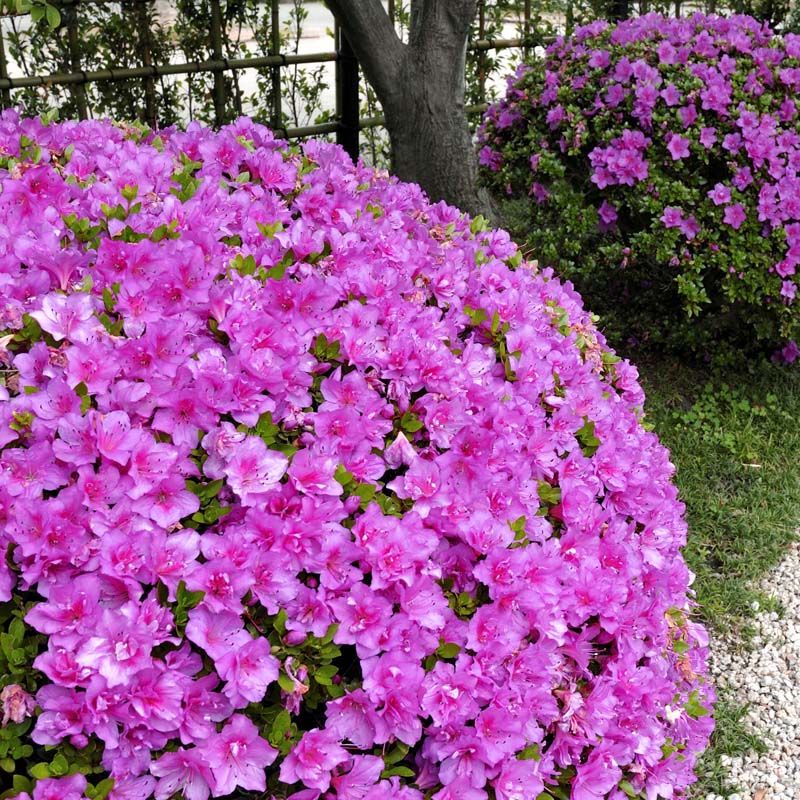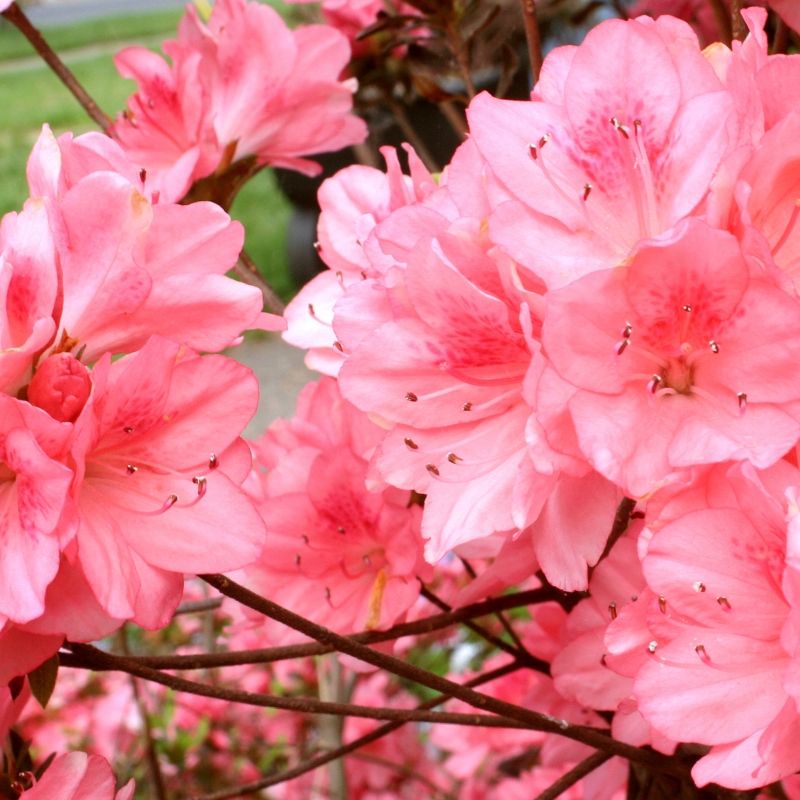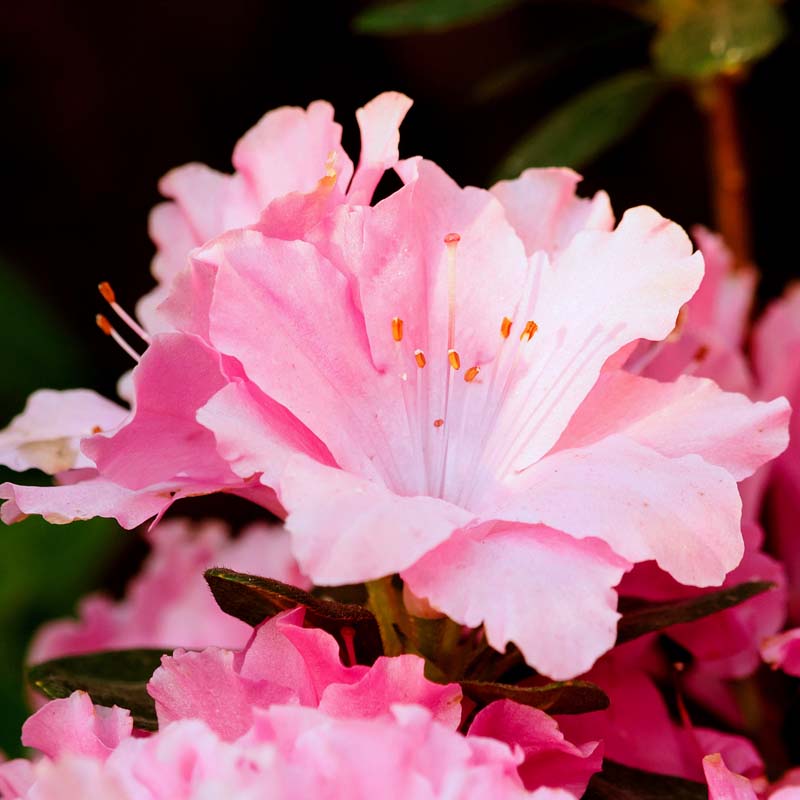

Spring Red Compact Cranberrybush Viburnum
Viburnum trilobum 'Spring Red'
16 reviews


Spring Red Compact Cranberrybush Viburnum
Viburnum trilobum 'Spring Red'
16 reviews
$90.00
$129.00
30% Off
- 2.5 Gallon
- 3.5 Gallon
We are sorry, product is currently out of stock due to seasonal availability. Please check the "Related plants available in your area" section below
Why Spring Red Compact Cranberrybush Viburnum?
The Spring Red Compact Cranberrybush Viburnum is a popular cultivar of the native Viburnum trilobum. It is prized for its compact, dense habit and abundant display of bright red berries in the fall. Additionally, it features attractive foliage that emerges bright green in the spring, deepening to a dark green in summer. This shrub is low-maintenance and easy to grow, making it a great choice for hedges, borders, or as a specimen plant.
Related plants available in your area
Sunlight
Spring Red Compact Cranberrybush Viburnum requires full sun exposure to thrive.
Watering
Spring Red Compact Cranberrybush Viburnum requires regular watering, especially during hot and dry periods. It is important to keep the soil consistently moist, but not overly saturated, to promote healthy growth and ensure proper establishment of the plan
Fertilizing
The fertilizer requirement for Spring Red Compact Cranberrybush Viburnum is a well-balanced, slow-release fertilizer with a formulation of 10-10-10 or similar. It should be applied in early spring before new growth begins, following the package instruction
Introducing the stunning and versatile Spring Red Compact Cranberrybush Viburnum! This plant is a must-have for any landscape, with a range of benefits that are sure to impress.
What makes Spring Red Compact Cranberrybush Viburnum so special is its adaptability. This shrub can thrive in a range of growing conditions, from USDA Hardiness Zones 2-7 to a variety of soil types. And with its tolerance for partial shade, it's a plant that can be placed in a variety of locations.
But Spring Red Compact Cranberrybush Viburnum isn't just a hardy plant - it's also a beautiful one. With its stunning spring foliage that emerges a deep red color and matures to a rich green, this shrub is a true showstopper. And with its small white flowers in the spring and red berries in the summer that attract birds, it's a plant that's sure to impress year-round.
At a height of 3 to 5 feet and a width of 3 to 5 feet, Spring Red Compact Cranberrybush Viburnum is the perfect size for a variety of landscape uses. Whether you're looking to create a border, mass planting, or specimen plant, this shrub is up to the task. And with its foliage turning a beautiful burgundy color in the fall, it's a plant that's sure to impress in every season.
Add it to your garden today and enjoy its stunning features for years to come.
Plant Information:
| Botanical Name: | Viburnum trilobum 'Spring Red' |
| USDA Zones: | 3-7 |
| Water: | Moderate |
| Exposure: | Full Sun |
| Soil Needs: | Widely Adaptable |
| Mature Height: | 5 - 6 feet |
| Mature Spread: | 3 - 4 feet |



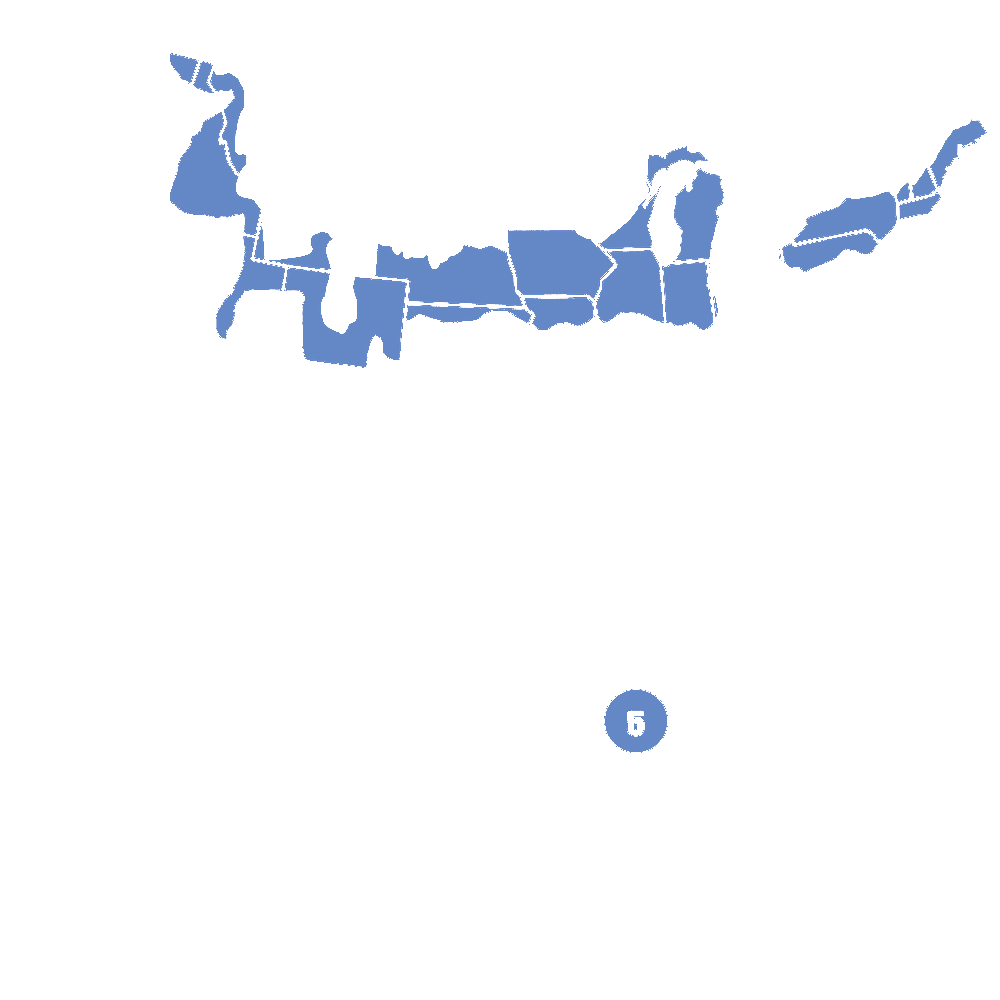
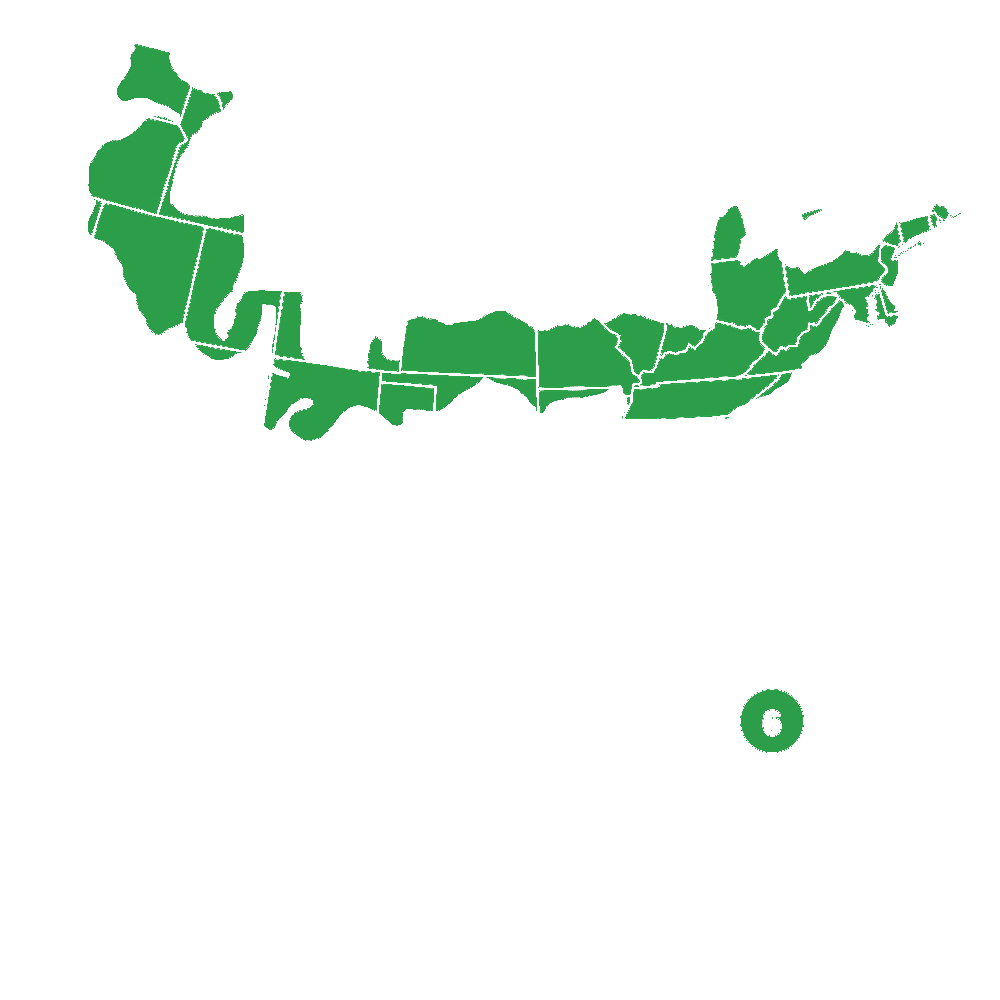
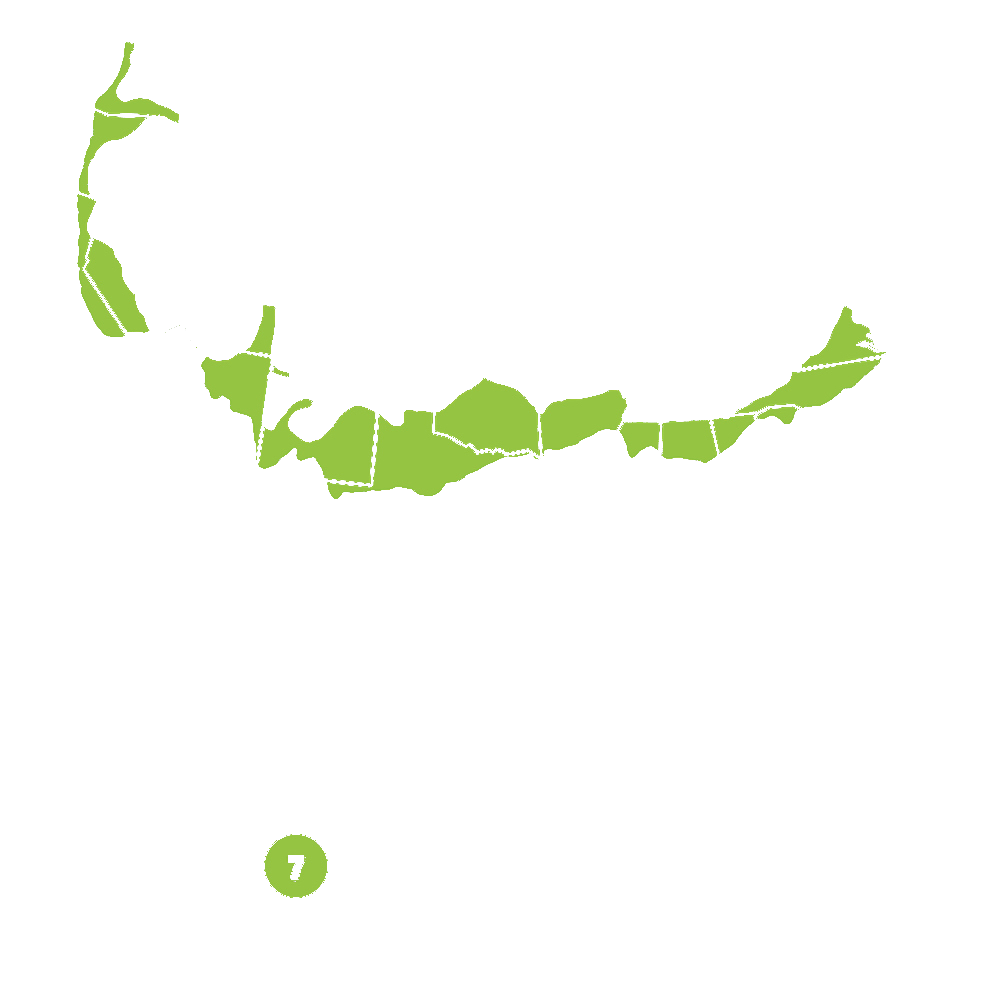
Pollination Info
Pollination Info for Spring Red Compact Cranberrybush Viburnum (Viburnum trilobum 'Spring Red')
Spring Red Compact Cranberrybush Viburnum is a self-fertile plant, which means it doesn't need another plant for pollination. However, it can benefit from cross-pollination with another variety of Viburnum trilobum to produce more abundant fruit. This shrub is pollinated by a variety of insects, including bees, butterflies, and moths.
The flowers of Spring Red Compact Cranberrybush Viburnum are perfect, which means they have both male and female reproductive parts. The flower's anthers contain the pollen, which is transferred to the stigma of the same flower or another flower on the same plant or a different plant. Cross-pollination occurs when pollen is transferred between flowers on different plants of the same species. This can be achieved with the help of insects that visit the flowers for nectar and pollen.
Spring Red Compact Cranberrybush Viburnum blooms in mid-spring to early summer, usually in May, and produces bright red berries in the fall. Berry production is more abundant on plants that are cross-pollinated.
FAQ
Spring Red Compact Cranberrybush Viburnum (Viburnum trilobum 'Spring Red') FAQ
Q. What is a Spring Red Compact Cranberrybush Viburnum?
A. Spring Red Compact Cranberrybush Viburnum (Viburnum trilobum 'Spring Red') is a compact, deciduous shrub that belongs to the Viburnum family. It is characterized by its dark green foliage, white flowers, and red fruit that turn bright red in fall.
Q. How big does a Spring Red Compact Cranberrybush Viburnum grow?
A. Spring Red Compact Cranberrybush Viburnum grows up to 4-5 feet in height and width, making it a great choice for smaller gardens and landscaping projects.
Q. What are the growing conditions for a Spring Red Compact Cranberrybush Viburnum?
A. Spring Red Compact Cranberrybush Viburnum prefers well-drained soil and full sun to partial shade. It can tolerate a range of soil types, including sandy, loamy, and clay soils. It is also drought tolerant once established.
Q. When does a Spring Red Compact Cranberrybush Viburnum bloom?
A. Spring Red Compact Cranberrybush Viburnum blooms in late spring to early summer, producing clusters of white flowers that are attractive to bees and butterflies.
Q. How often should a Spring Red Compact Cranberrybush Viburnum be watered?
A. Spring Red Compact Cranberrybush Viburnum should be watered regularly during the first growing season to help establish its root system. After that, it only needs to be watered during prolonged periods of drought.
Q. Does a Spring Red Compact Cranberrybush Viburnum require pruning?
A. Spring Red Compact Cranberrybush Viburnum does not require pruning, but it can benefit from occasional shaping or thinning to maintain its compact form and promote healthy growth.
Q. What is the best way to propagate a Spring Red Compact Cranberrybush Viburnum?
A. Spring Red Compact Cranberrybush Viburnum can be propagated through hardwood cuttings taken in late fall or early winter. It can also be propagated through layering or dividing.
Q. How do I care for a Spring Red Compact Cranberrybush Viburnum in winter?
A. Spring Red Compact Cranberrybush Viburnum is hardy to USDA zones 3-7 and can tolerate winter temperatures. However, it may benefit from a layer of mulch applied around its base to help insulate its root system.
Q. What are the potential pest and disease problems for a Spring Red Compact Cranberrybush Viburnum?
A. Spring Red Compact Cranberrybush Viburnum is generally resistant to pests and diseases, but it can be affected by powdery mildew, leaf spots, or aphids. These issues can usually be controlled with proper cultural practices or insecticidal treatments if necessary.
Planting & Care
Planting & Care for Spring Red Compact Cranberrybush Viburnum (Viburnum trilobum 'Spring Red')
Planting
- Choose a site with well-drained soil and full sun to partial shade.
- Dig a hole twice as wide and just as deep as the root ball of the plant.
- Mix in compost or other organic matter to the soil.
- Place the plant in the hole and backfill with soil, firming it gently around the plant.
- Water thoroughly.
Care
- Water regularly, especially during hot, dry periods.
- Mulch around the base of the plant to retain moisture and suppress weeds.
- Fertilize with a balanced fertilizer in early spring before new growth appears.
- Prune in late spring after flowering to maintain shape and remove any damaged or dead wood.
- Monitor for pests and diseases, and treat immediately if necessary.
- Propagation can be done through softwood cuttings in late spring or early summer.
Check Out These Verified Customer Reviews:
Customer Reviews
4.8 out of 5 based on 16 reviews
Thank you! Your review has been submitted.
Healthy and vibrant plant.
Compact size perfect for small gardens, exactly as described
Website was easy to navigate.
Item has been added to your cart.



